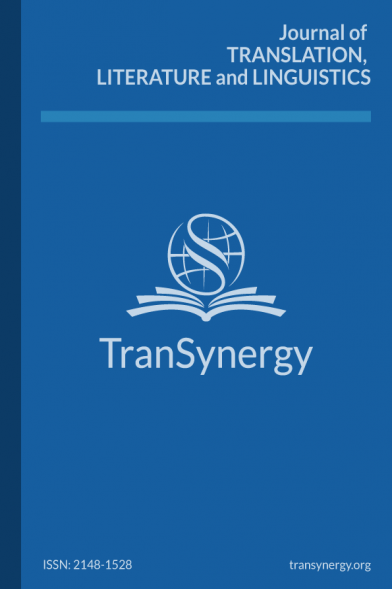“Observe God in His works”*: Mystical Via Media in Henry Vaughan’s Silex Scintillans
Henry Vaughan, Silex Scintillans, via media, nature, sacraments
“Observe God in His works”*: Mystical Via Media in Henry Vaughan’s Silex Scintillans
Henry Vaughan, Silex Scintillans, via media, nature, sacraments,
___
- Booty, J. E. (Ed.) (1976). The book of common prayer 1559, the Elizabethan prayer book. The University Press of Virginia.
- Ferguson, E. (2015). Sacraments in the Pre-Nicene Period. In H. Boersma & M. Levering (Eds.), The Oxford Handbook of Sacramental Theology. Oxford University Press.
- Frere, W. H., & Douglas, C.E. (Eds.) (1845). An Admonition to the Parliament. Puritan Manifestoes: A Study of the Origin of the Puritan Revolt. Society for Promoting Christian Knowledge. 1-39.
- Fuller, Thomas. (Ed.) (1845). The church history of Britain; from the birth of Jesus Christ until the year M.DC.XLVIII. Oxford University Press.
- Hall, J. (1808). Via Media: The Way of Peace. In J. Pratt, B.D. F.A.S. (Ed.), The Works of the Right Reverend Father in God, Joseph Hall, D.D. C. Whittingham. 817-844.
- Holtzen, T.L. (2019). The Anglican via media: The idea of moderation in reform. Journal of Anglican Studies, 17(1), 48-73.
- Judson, A. C. (1927). Henry Vaughan as a nature poet. PMLA, 42(1), 146-156.
- Lessenich, R. P. (1972). Henry Vaughan’s poem ‘Regeneration’. Studia Neophilologica, 44(1), 76-89.
- Mackenzie, D. (1990). The metaphysical poets. Macmillan.
- Martz, L. L. (1963). Henry Vaughan: The man within. PMLA, 78(1), 40-49.
- Nutt, R. W. (2017). General principles of sacramental theology. The Catholic University of America Press.
- Post, J. F. S. (2004). Civil war cleavage: more force than fashion in Vaughan’s Silex Scintillans. In D. R. Dickson & H. F. Nelson (Eds.), Of Paradise and Light: Essays on Henry
- Vaughan and John Milton in Honor of Alan Rudrum (pp. 25-49). University of Delaware Press.
- Pursglove, G. (2004). “Winged and Free”: Henry Vaughan’s Birds. In D. R. Dickson & H. F. Nelson (Eds.), Of Paradise and Light: Essays on Henry Vaughan and John Milton in Honor of Alan Rudrum (pp. 269-291). University of Delaware Press.
- Rudrum, A. (1999). Paradoxical persona. Henry Vaughan’s self-fashioning. Huntington Library Quarterly, 3(4), 351-367.
- Spraggon, J. (2003). Puritan Iconoclasm during the English Civil War. The Boydell Press.
- Vaughan, H. (1896). Poems of Henry Vaughan, Silurist Vol I. E. K. Chambers (Ed.), Lawrence & Bullen.
- Walton, I. (1796). The Lives of Dr. John Donne; Sir Henry Wotton; Mr. Richard Hooker;
- Mr. George Herbert and Dr. Robert Sanderson. Wilson, Spence, and Mawman.
- Wanamaker, M. C. (1974). Discordia concors: the metaphysical wit of Henry Vaugan’s Silex Scintillans. Texas Studies in Literature and Language, 16 (3), 463-477.
- Whalen, R. (2002). The poetry of immanence: sacrament in Donne and Herbert. University of Toronto Press.
- Wilson, Rev. W. (Ed.) (1821). The thirty-nine articles of the Church of England. Oxford University Press.
- ISSN: 2979-9503
- Yayın Aralığı: Yılda 2 Sayı
- Başlangıç: 19.12.2022
Kate Chopin’s Desiree’s Baby: A New Historicist Approach
“Observe God in His works”*: Mystical Via Media in Henry Vaughan’s Silex Scintillans
Neglected Dimension of Lexical Competence in ELT: Metaphorical Competence
The Effects of Subtitles on Language Learning
